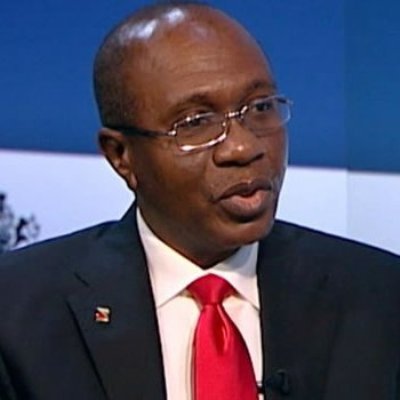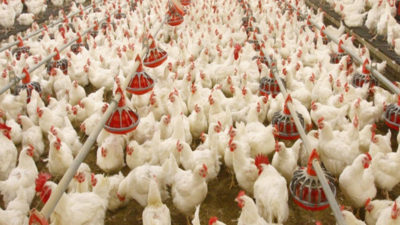The 2023 Africa’s Macroeconomic Performance and Outlook has projected that 11 African countries will have a Gross Domestic Product (GDP) of more than six per cent in 2023 and 2024.
The outlook was released by the African Development Bank (AfDB) in Abidjan, Côte d’Ivoire on Thursday.
The countries are Libya with 12.9 per cent, Niger with 9.6 per cent, Senegal with 9.4 per cent, and Rwanda with 7.9 per cent.
Others are Côte d’Ivoire with 7.1 per cent, Democratic Republic of Congo with 6.8 per cent, Mozambique with 6.5 per cent, and The Gambia with 6.4 per cent.
Benin also has 6.4 per cent, Togo with 6.3 per cent, and Ethiopia with six per cent.
It said 17 other African countries had fair performances with their GDPs ranging from 4.2 per cent to 5.9 per cent.
Cameroon and Zambia were with 4.2 per cent each, Liberia, Congo and Burundi had 4.4 per cent each, Guinea-Bissau was with 4.6 per cent; while Mauritius recorded 4.8 per cent.
Others were Djibouti with 5.1 per cent; Cape Verde and Mauritania with 5.2 per cent each; and Madagascar and Seychelles, each with 5.3 per cent.
Also listed are Guinea, Kenya and Mali with 5.4 per cent each, Tanzania with 5.6 per cent, and Uganda with 5.9 per cent.
Nigeria, however, showed a GDP growth of 3.2 per cent which indicated a weak performance and was among 25 other African countries with poor performances.
Also included among the growth indicators was the rate of inflation in each African country.
Zambia recorded the highest rate of inflation with 120 per cent while Benin recorded the lowest rate with two per cent.
Nigeria, however, recorded an inflation rate of 14.6 per cent.
The report, which said the growth performance and outlook across regions and countries, noted that GDP growth in North Africa was estimated to have declined to 4.3 per cent in 2022 from 5.4 per cent in 2021.
The decline mainly reflected the sharp contraction in Libya and the effects of the drought in Morocco.
Growth in the region, however, was projected to stabilise at 4.3 per cent in 2023 which was supported by the expected strong recovery in Libya and Morocco.
Also, growth in Central Africa was estimated to have risen to 4.7 per cent in 2022 from 3.6 per cent in 2021.
The growth was realizable from high commodity prices for a region with net exporters of crude oil, minerals, and other commodities.
Growth for the region was, however, projected to decline slightly to 4.3 per cent in 2023 and to stabilise at 4.2 per cent in 2024.
Moreover, growth in East Africa was estimated to have moderated to 4.2 per cent in 2022 from 5.1 per cent in 2021.
It was, however, projected to rise to five per cent in 2023 and 5.4 per cent in 2024.
Countries in the region were largely net importers of commodities while the production structure is relatively diversified.
In West Africa, growth was estimated to have slowed to 3.6 per cent in 2022 from 4.4 per cent in 2021.
It was, however, projected to pick up in the medium term to 4.1 per cent in 2023 and 4.3 per cent in 2024.
Meanwhile, growth in Southern Africa was estimated to have remained tepid in 2022, declining to 2.5 per cent from 4.3 per cent in 2021.
The decline reflected persistent weaknesses in South Africa, the region’s largest economy and main trading partner.
However, growth was accordingly projected to accelerate to five per cent in 2023 and eight per cent in 2024.
According to the report, in the medium term, however, persistent weakness in South Africa will continue to weigh on the region, with real output projected to decelerate to 2.3 per cent in 2023 before rising to 2.8 per cent in 2024.












